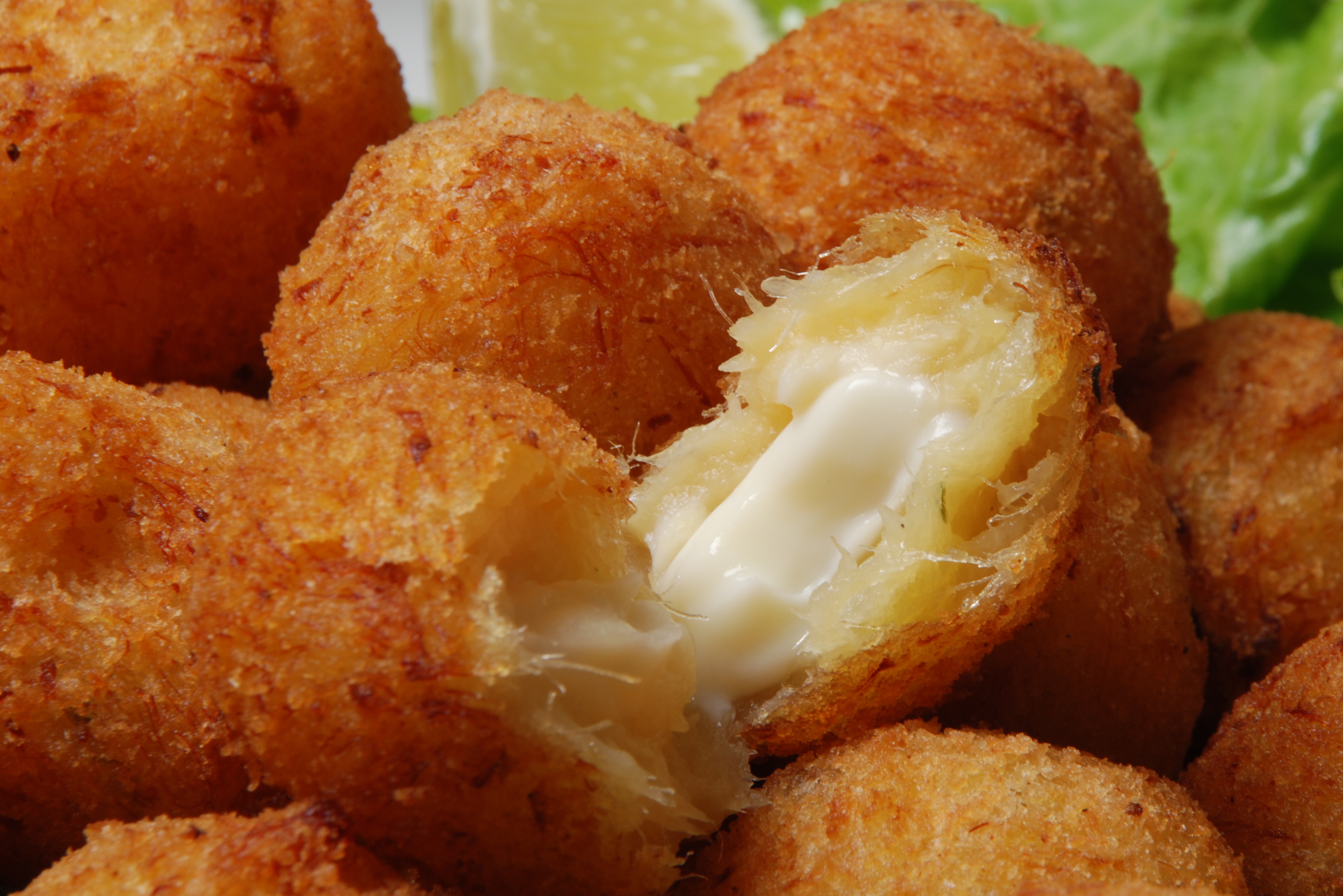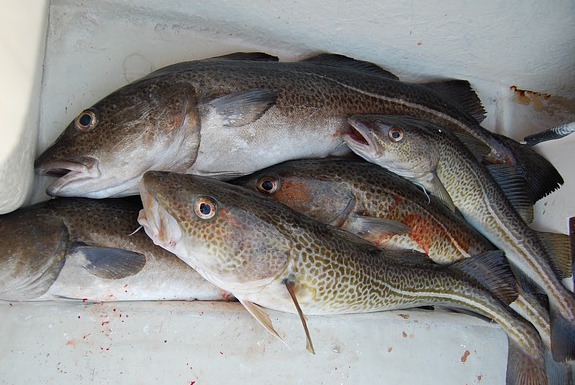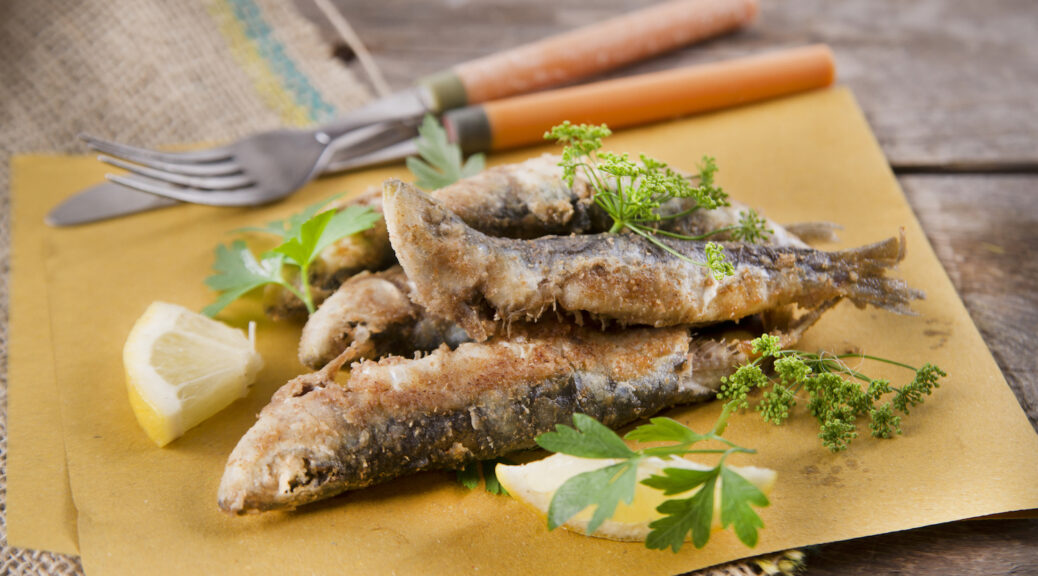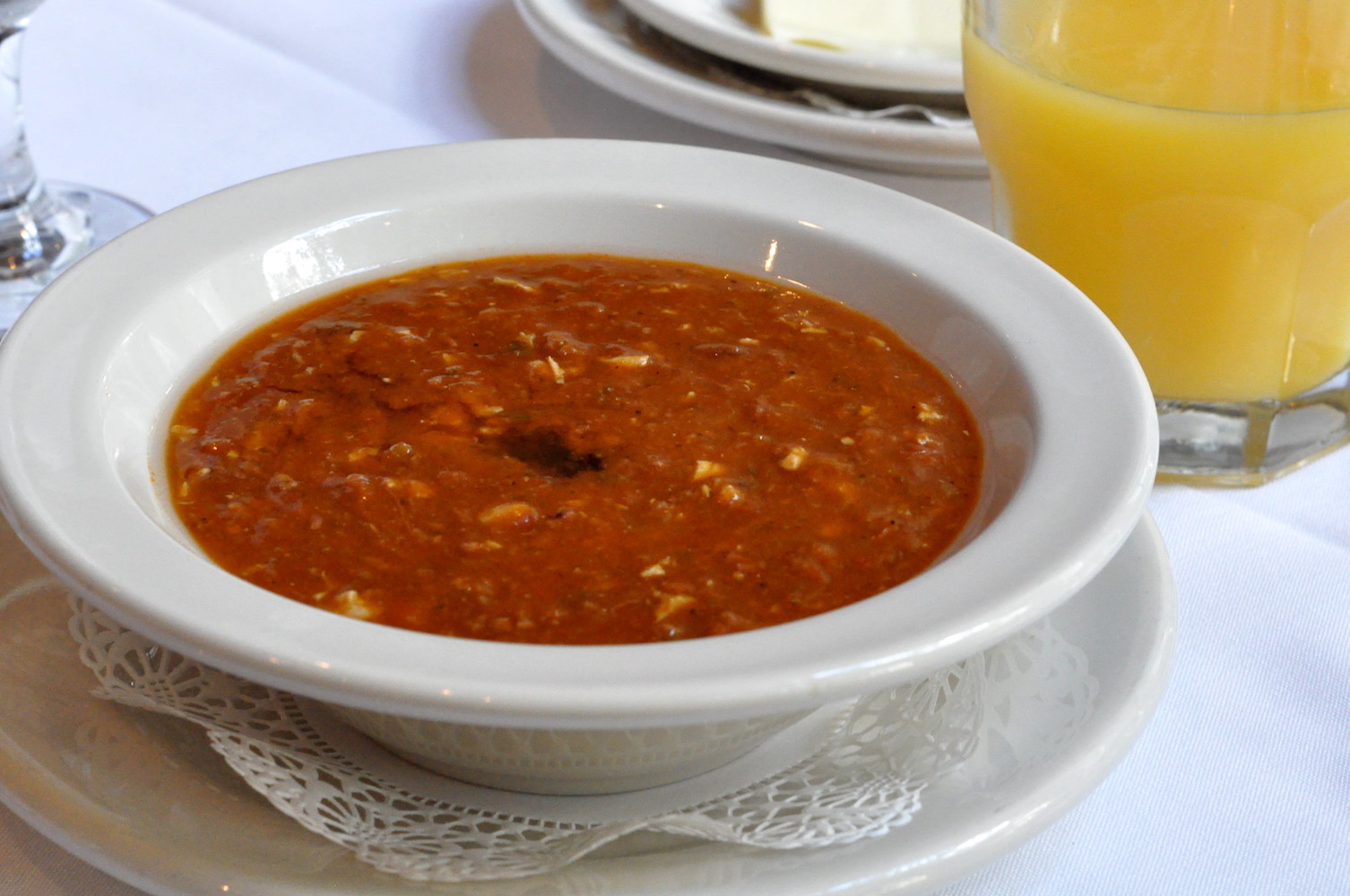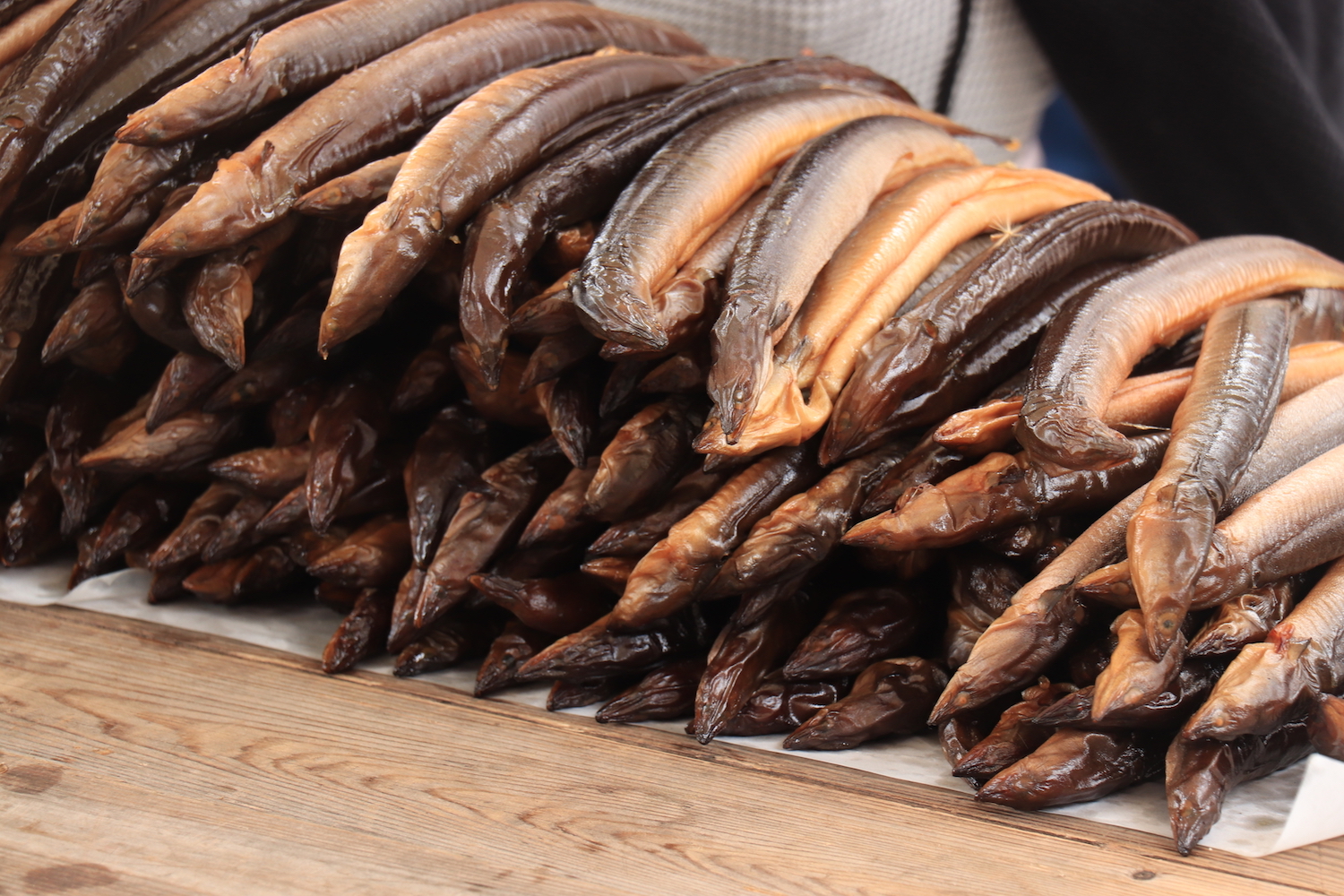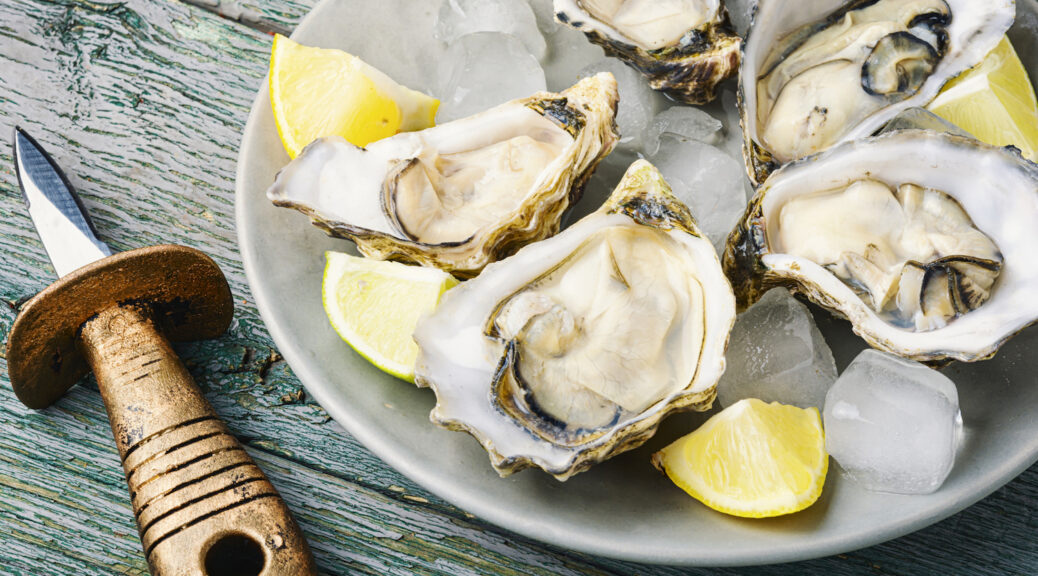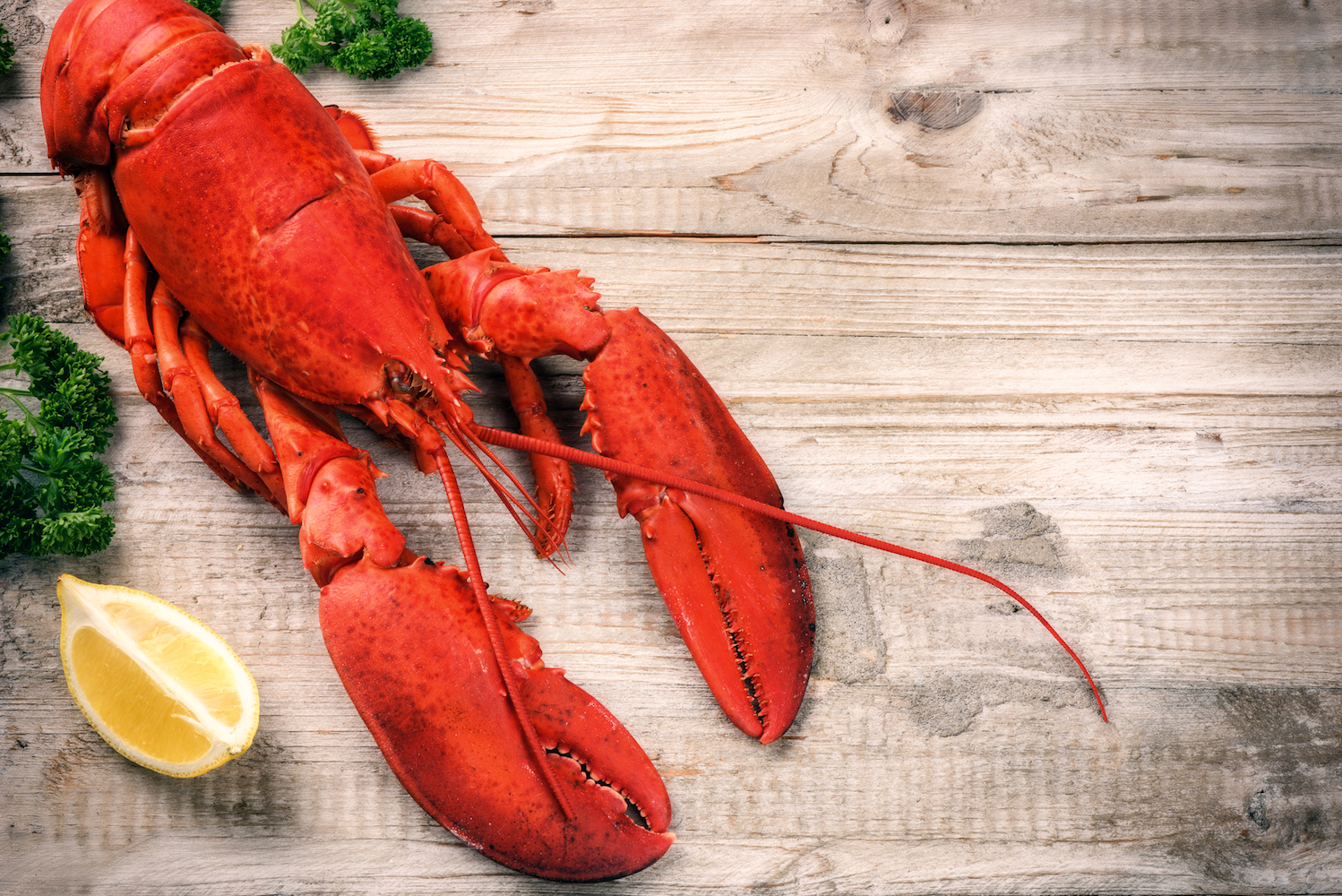How to Make Fish Balls
Back in the 1800s, codfish was plentiful along the east coast in the U.S. and cookbooks often had recipes for fish balls. Fish balls are no longer popular here, but quite common in Scandinavia, China, Hong Kong, and Southeast Asia. INFORMATION BELOW FROM 1800s COOKBOOKS COMMON FISH BALLS Pare six medium-sized potatoes and put in boiling water. Boil half an hour. Drain off all the water, turn the potatoes into a tray with one pint of finely-chopped cod fish, and…
